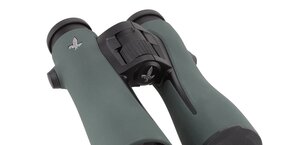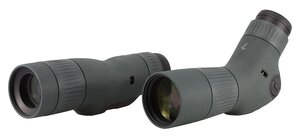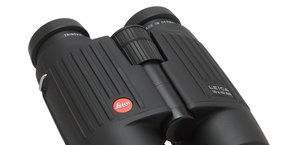Review of the Vortex Razor HD 13-39x56 spotting scope
4. Summary
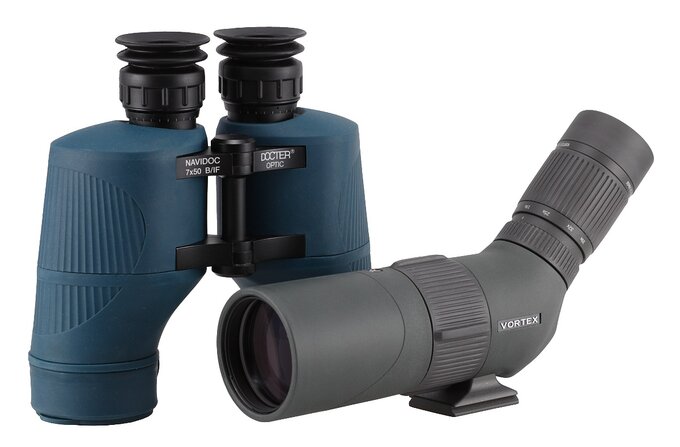 |
The discussed Razor, for its parameters and capabilities, is a truly light and portable piece of equipment. When disassembled into its barrel and eyepiece, we can even carry the entire set in jacket pockets. Combining it with a neat carbon fiber photographic tripod means the total weight of the complete set should not significantly exceed 2 kilograms. Such a set can easily be carried attached to a photographic backpack, providing truly easy and quick access.
Please Support UsIf you enjoy our reviews and articles, and you want us to continue our work please, support our website by donating through PayPal. The funds are going to be used for paying our editorial team, renting servers, and equipping our testing studio; only that way we will be able to continue providing you interesting content for free. |
- - - - - - - - - - - - - - - - - - - - - - - - - - - - - - - - - - - - - - - - - - - - - - - -
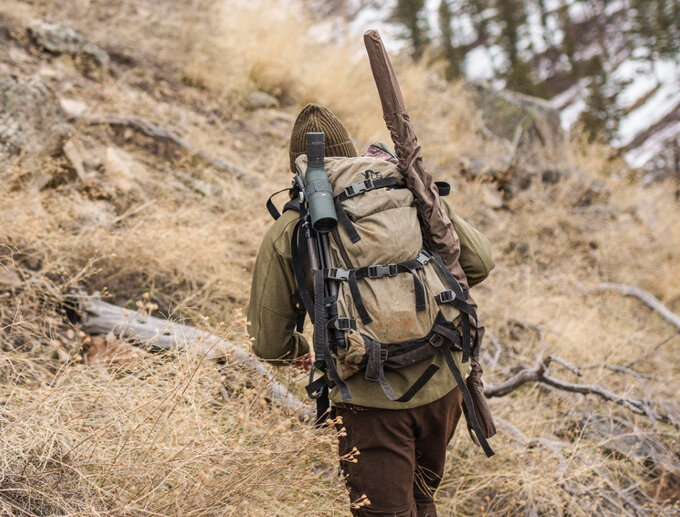 |
An eyepiece with 12x magnification and an apparent field of view of, say, 65 degrees would yield a resulting field of 5.4 degrees and a bright image guaranteed by a very versatile 4.67 mm exit pupil. This would be excellent equipment for quick surveys and short trips where we don't want to carry a tripod. After unscrewing the tripod connector, the scope set with such an eyepiece would likely weigh around 600 grams, which is about the same as a typical 40-42 mm class binocular. Such a set could easily be carried on a neck strap and used handheld.
A second eyepiece, providing, say, 28x magnification, would result in a 2 mm exit pupil and a 2.32-degree field of view. This would allow it to maximize the capabilities of the scope's objective lens regardless of the prevailing light conditions.
The magnification of the third eyepiece should depend on the quality of the objective lens. It's difficult to say exactly what it is for this Razor HD, but it seems to me that it's very high, and most of the optical shortcomings discussed in previous sections result from the compromise of using a size-limited zoom eyepiece. A good APO-class objective, which Vortex claims, should withstand magnifications even up to the 1.5D criterion (i.e., one and a half times the objective diameter expressed in millimeters). I wouldn't overdo it here, and a 60x class magnification would probably be the maximum we could achieve without significant image quality loss. We could still have a field of view exceeding 1 degree here, and the resulting setup could be effectively used in the field on sunny days or for viewing bright night sky objects such as the Moon, the most spectacular planets, or compact Messier objects (small open clusters, bright globular clusters).
However, we don't live in an ideal world, and the spotting scope market is small enough that it wouldn't be profitable for the manufacturer to introduce such a wide selection of eyepieces. Especially since most less informed users would still only purchase the set with the zoom eyepiece. But one can dream – no one forbids us that.
Additionally, the price of such an extended set would remain a separate issue. Even in its current version, with the included zoom eyepiece, we have to spend a substantial amount of 1450 USD for this set. At first glance, this seems like a considerable value, but if we consider what we get for it, we have no reason to complain. The ratio of build quality, optical quality, and capabilities to this price is truly good, and if someone sees the possibility of using small 50-56 mm class spotting scopes in their applications, the Vortex Razor HD 13-39x56 is definitely a highly recommendable piece of equipment. I had a lot of fun using it.




